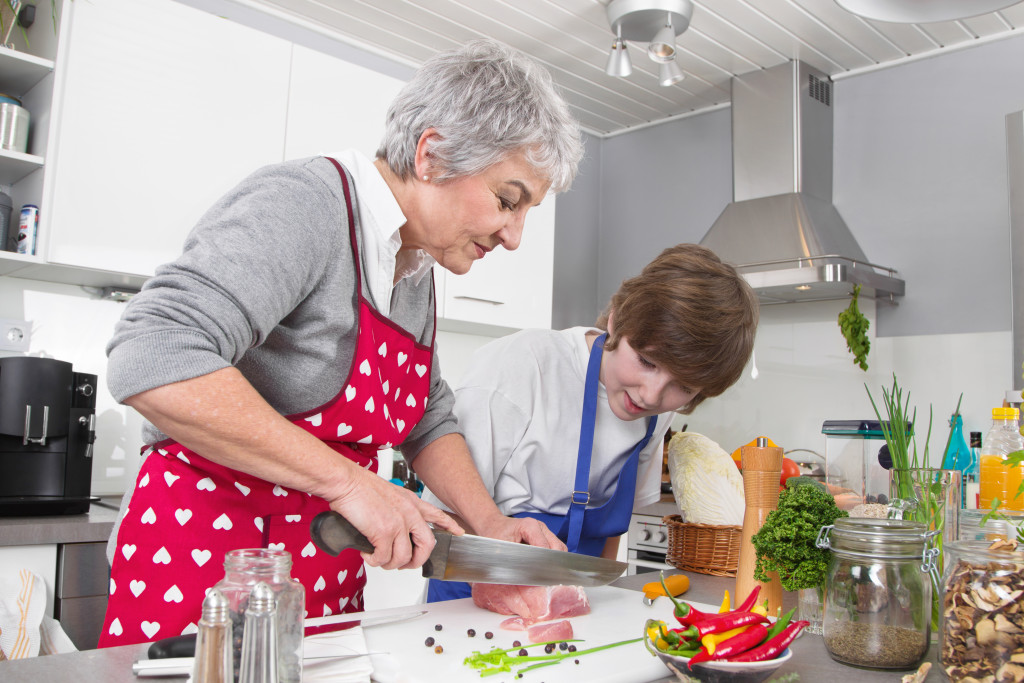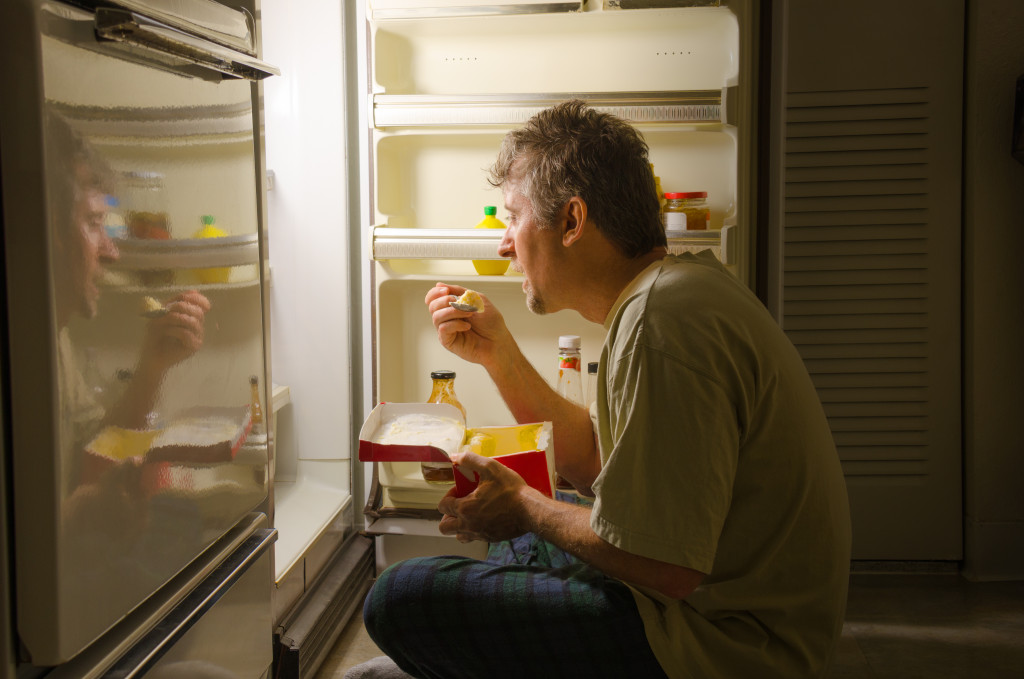In the past year, the kitchen became, once again, the most important part of every home. During the first few months of the pandemic, cooking at home became the default. Restaurants were closed for diners, and to alleviate the stress and anxiety of the crisis, people started cooking their own meals. They tried out new recipes, traveled around the world by exploring different cuisines, and bonded with their loved ones over delicious food.
Prior to the arrival of COVID-19, home cooking was in decline in many places around the world, including in the United States, United Kingdom, Canada, and Australia. It was easier to go out and eat at a restaurant or order take-out. Cooking, on the other hand, takes time and requires energy. After the meal, they have to wash their dishes, too.
The pandemic, however, made home cooking vogue again. In 2020, people rediscovered the art of cooking and the joys it can bring to the family. Most importantly, it redefined everyone’s relationship with food.
Families That Eat Together
The pandemic forced everyone to stay indoors for several months. Kids had to take their classes from the comforts of their own homes. Their parents, too, had to work from home.
So, for the first time for many households, the entire family is at home. That means everyone finally has the time to sit down in the dining room and eat together.
Mealtime creates an opportunity to strengthen relationships. Moreover, previous research actually found that eating together aids in the development of children.
Children who eat meals with their parents at home regularly tend to perform better in school. The conversations that occur at the dining table widen the children’s vocabulary — much more than if their parents read storybooks to them aloud before bedtime. Older children are also more likely to receive high achievement scores if they have regular mealtimes with their families.
In addition, family mealtimes lower high-risk teenage behaviors such as smoking, marijuana use, binge drinking alcohol, eating disorders, violence, and others.

Children Learn a Valuable Skill
Cooking at home, and involving kids in the kitchen, is also a great way to teach them a valuable skill. Learning how to make their own meal at home gives them crucial tools that will enable them to be independent in the future.
They do not have to be masters of the kitchen. They turn on and off their high-quality kitchen appliances, monitor when food is on the stove or oven, arrange fruits and vegetables on the plate, decorate desserts, or do other minor tasks. Being involved is enough to spark interest in cooking.
Studies have also shown that those who know how to cook tend to eat healthier. In one paper, researchers found that adolescents who can cook were eating more vegetables and less fast food.
Better Control of Nutrition
Experts have been encouraging the public to make their meals at home. While eating at restaurants boosts the local community, there is no guarantee that diners get nutritious meals.
Eating food made at home, however, tends to be the superior option. There is more work involved, but eating home-cooked meals has been proven to be healthier. Restaurant food, especially fast food, has higher amounts of sodium, calories, saturated fat, and sugar. At home, people have the option to make smaller portions or swap unhealthy ingredients with healthy alternatives.
Buying Local Goods, Enriching the Community
The pandemic caused a disruption to the global supply chains. In the early weeks of the pandemic, grocery shelves were emptied. There were shortages of many basic goods, including food.
Shoppers had no choice but to rely on local sources. Throughout the pandemic, the sales of sustainably and locally-caught fishes, regionally-milled flour, and community-supported agricultural products have increased as people stock their own pantries as they hunkered down at home and waited for the pandemic to end.
Farmer’s markets, in particular, have been an important source of goods during the pandemic. People want to support local businesses during the economic recession. Moreover, these markets are typically located in open spaces where the risk of transmission is lower unlike in enclosed and aid-conditioned grocery stores. Shopping locally is better for everyone, including the shopper.
The pandemic changed almost all aspects of everyone’s life, and some for the worse. However, there have been a few silver linings throughout the past year, and that includes food. While being stuck at home for months was not ideal, it allowed families to be closer together. They spend more time together, talking and eating home-cooked meals.

